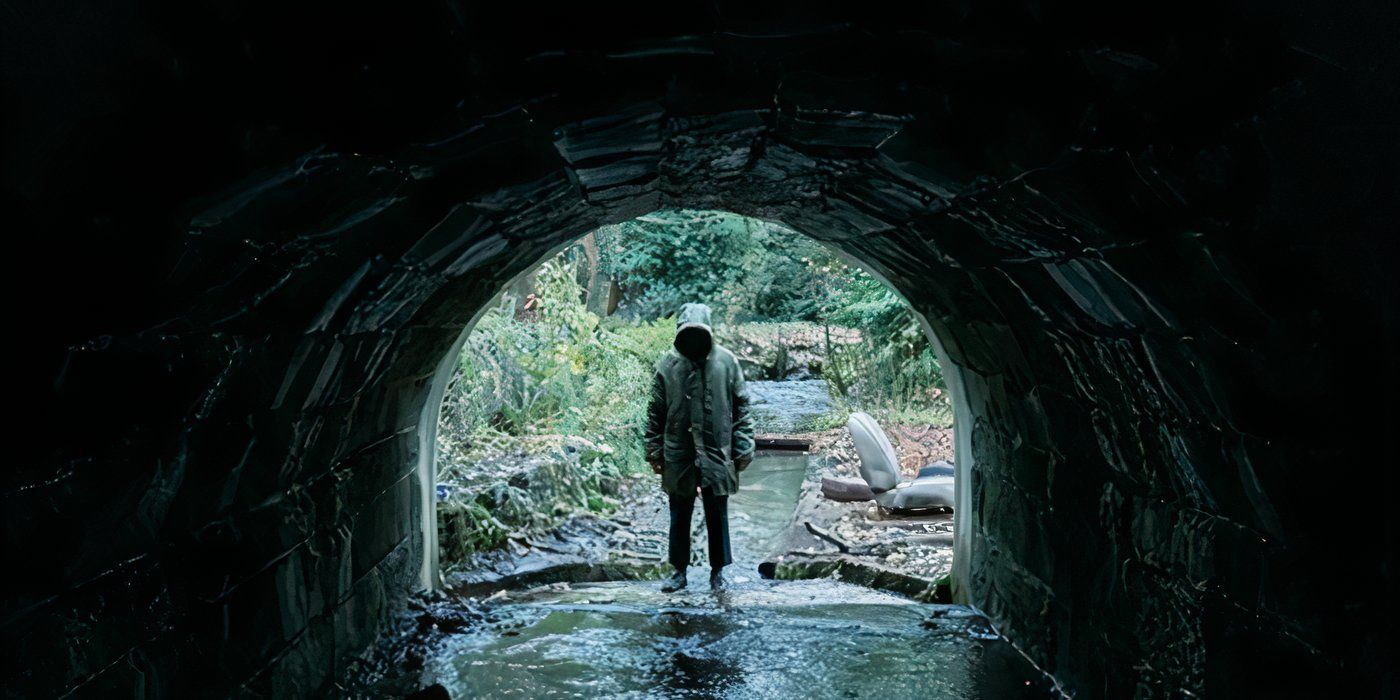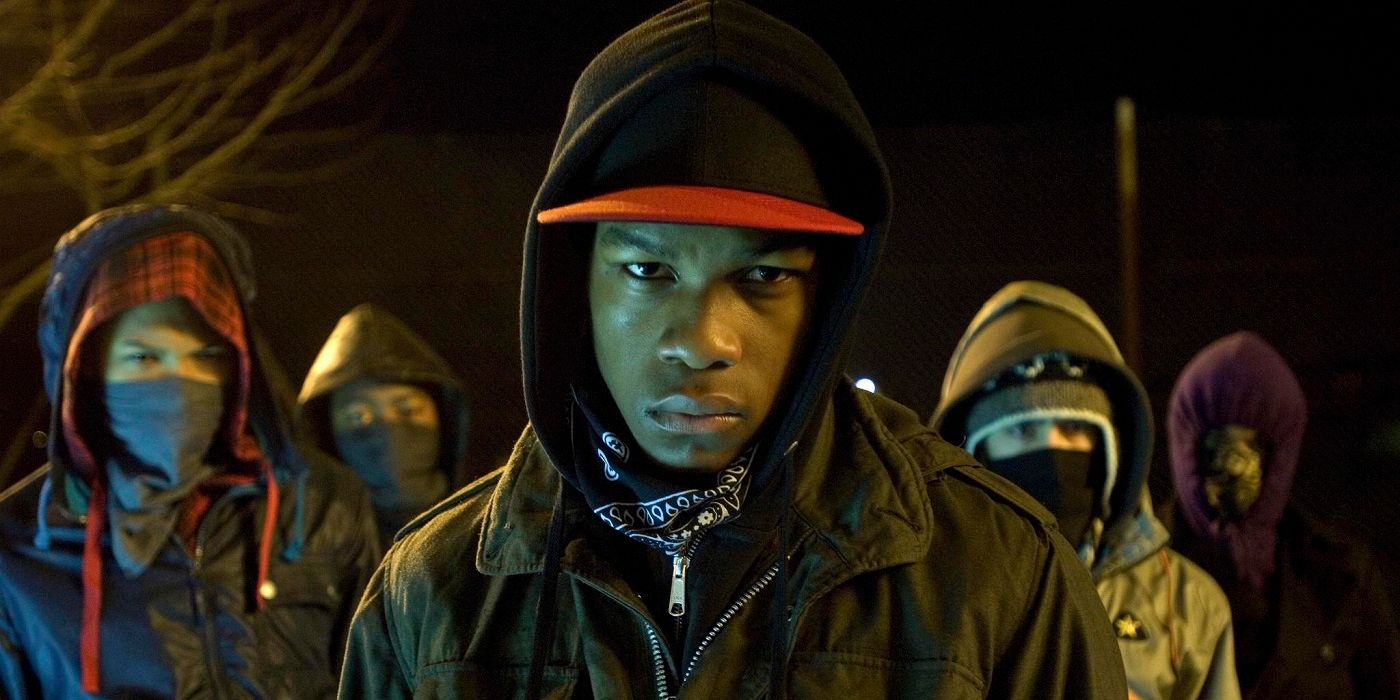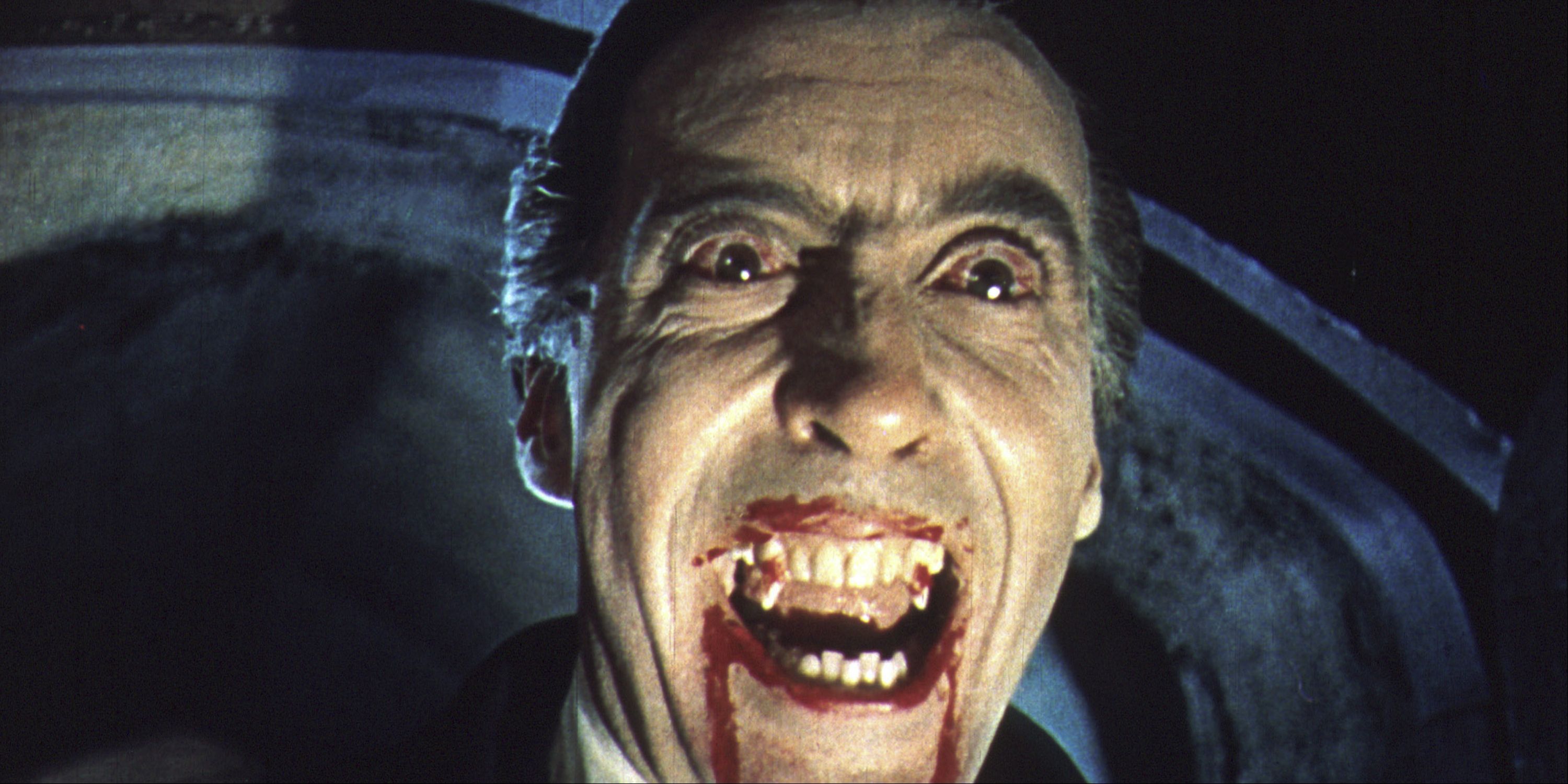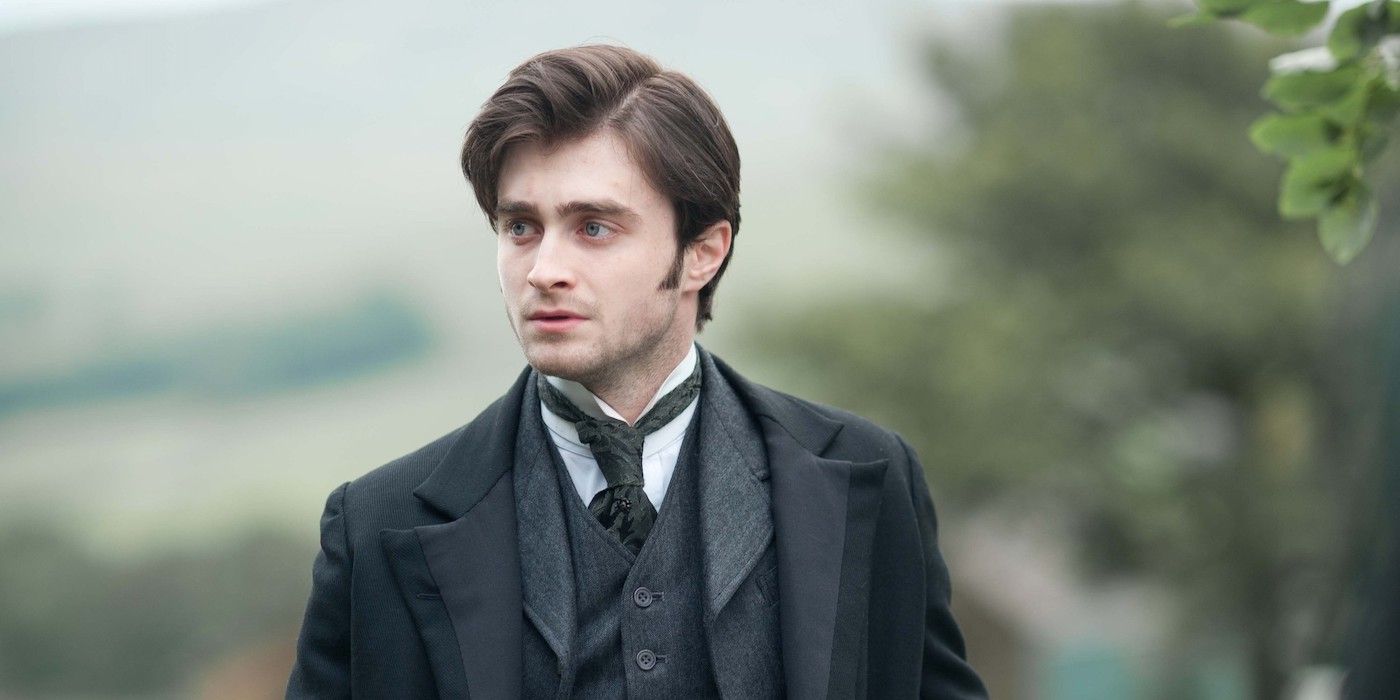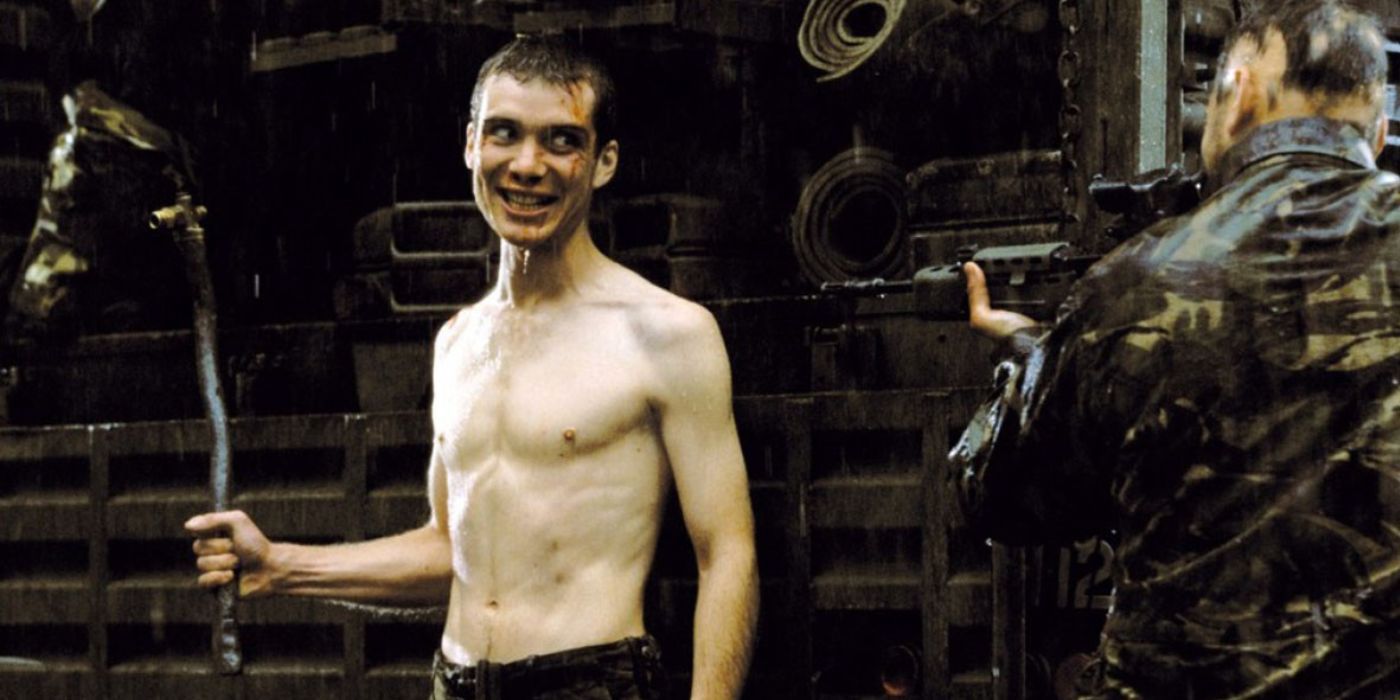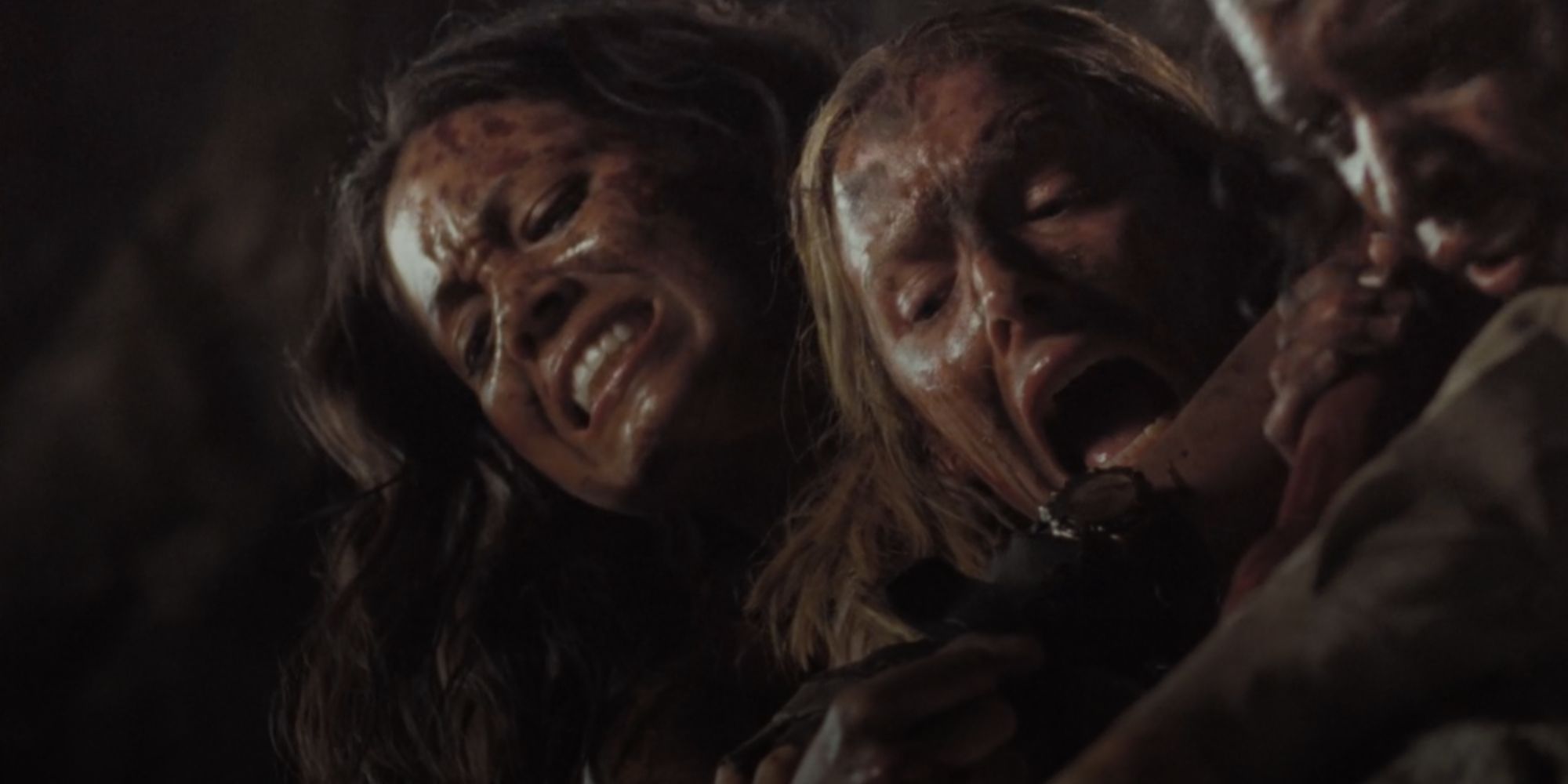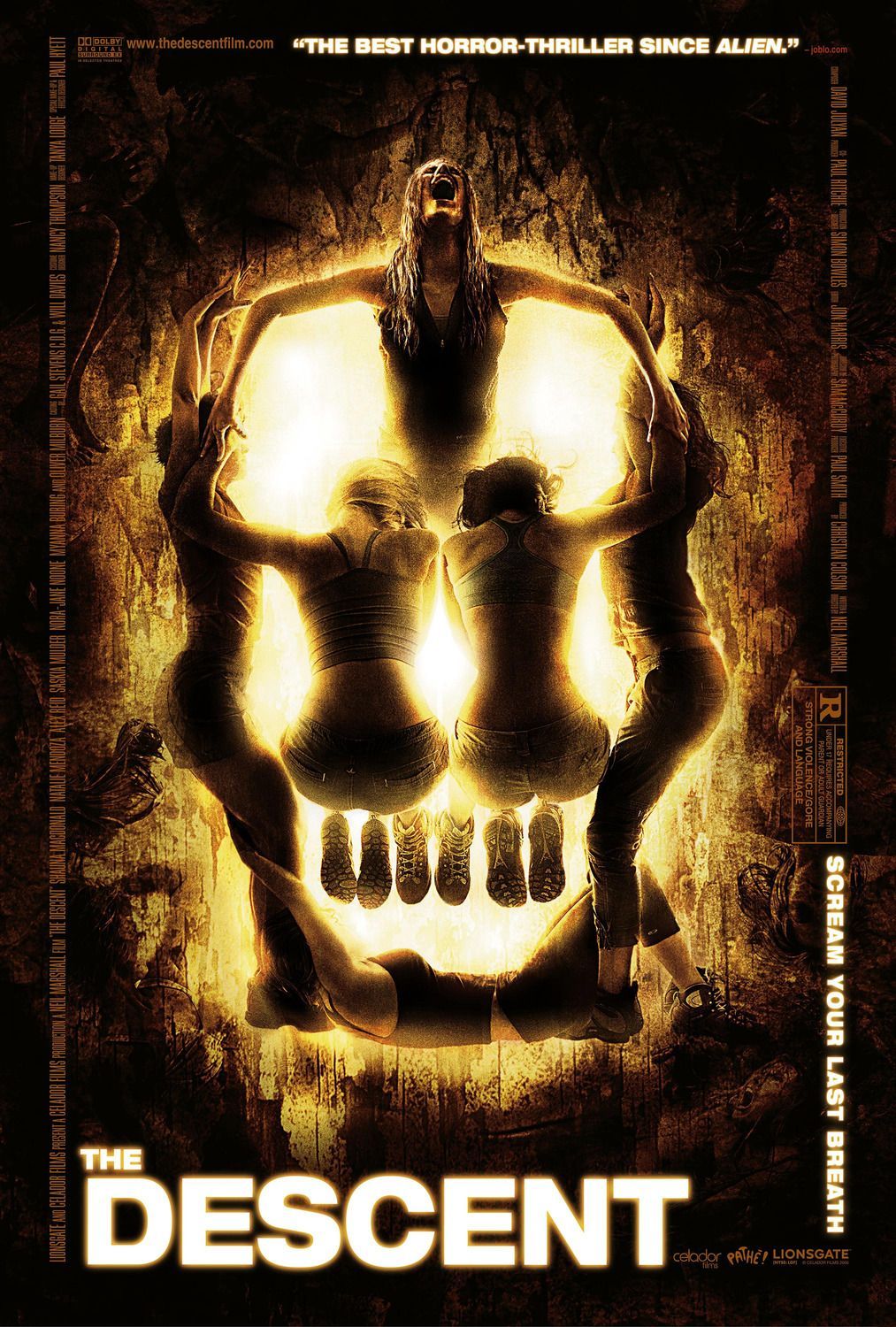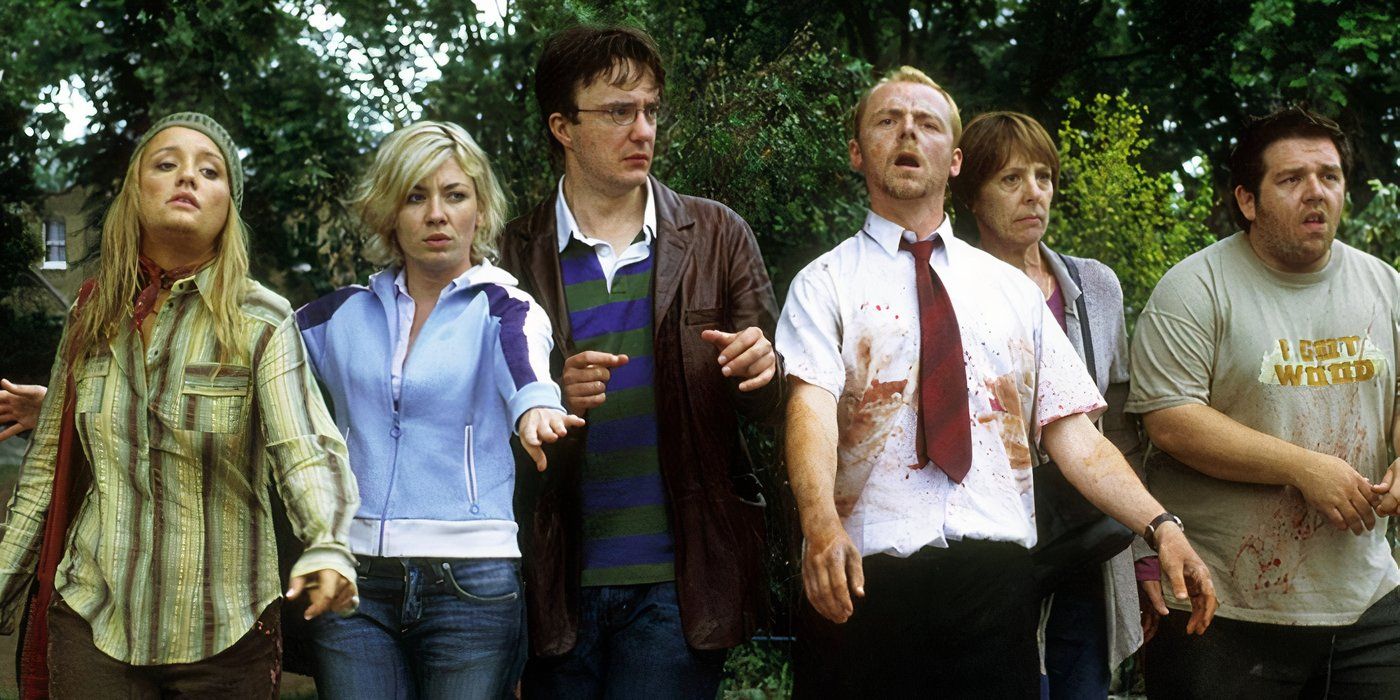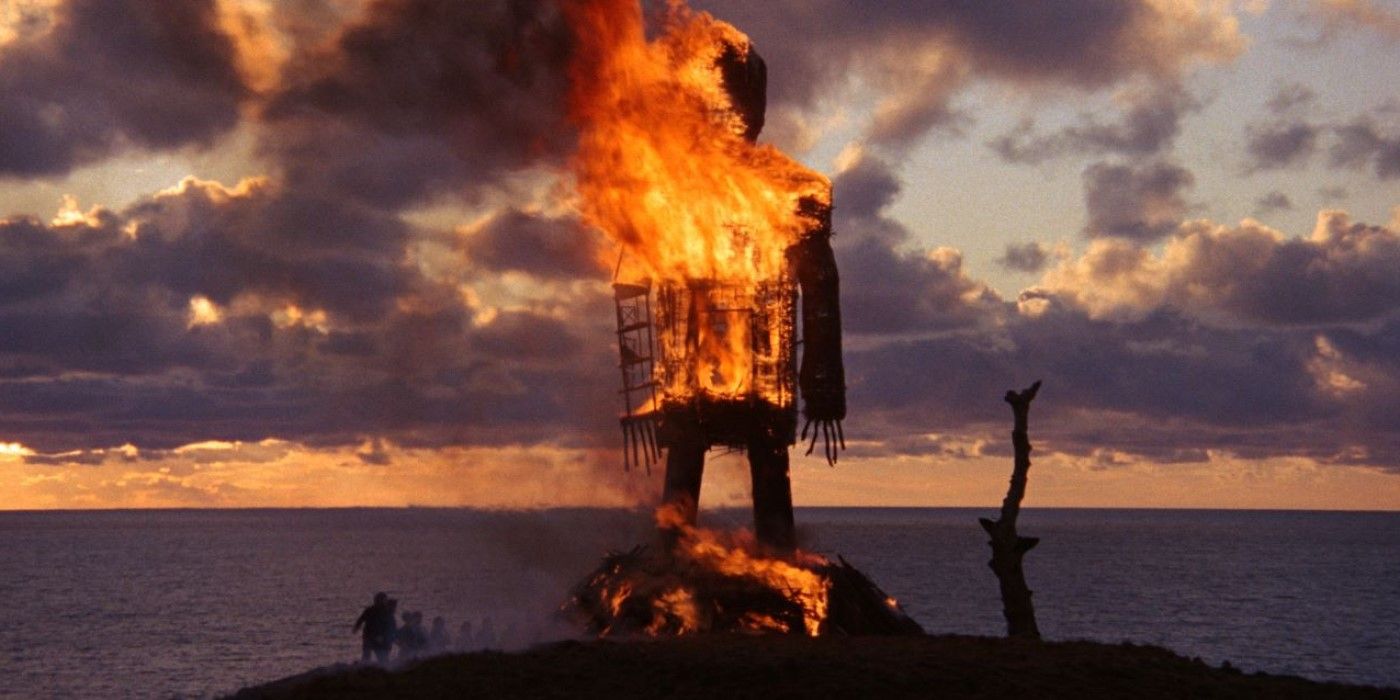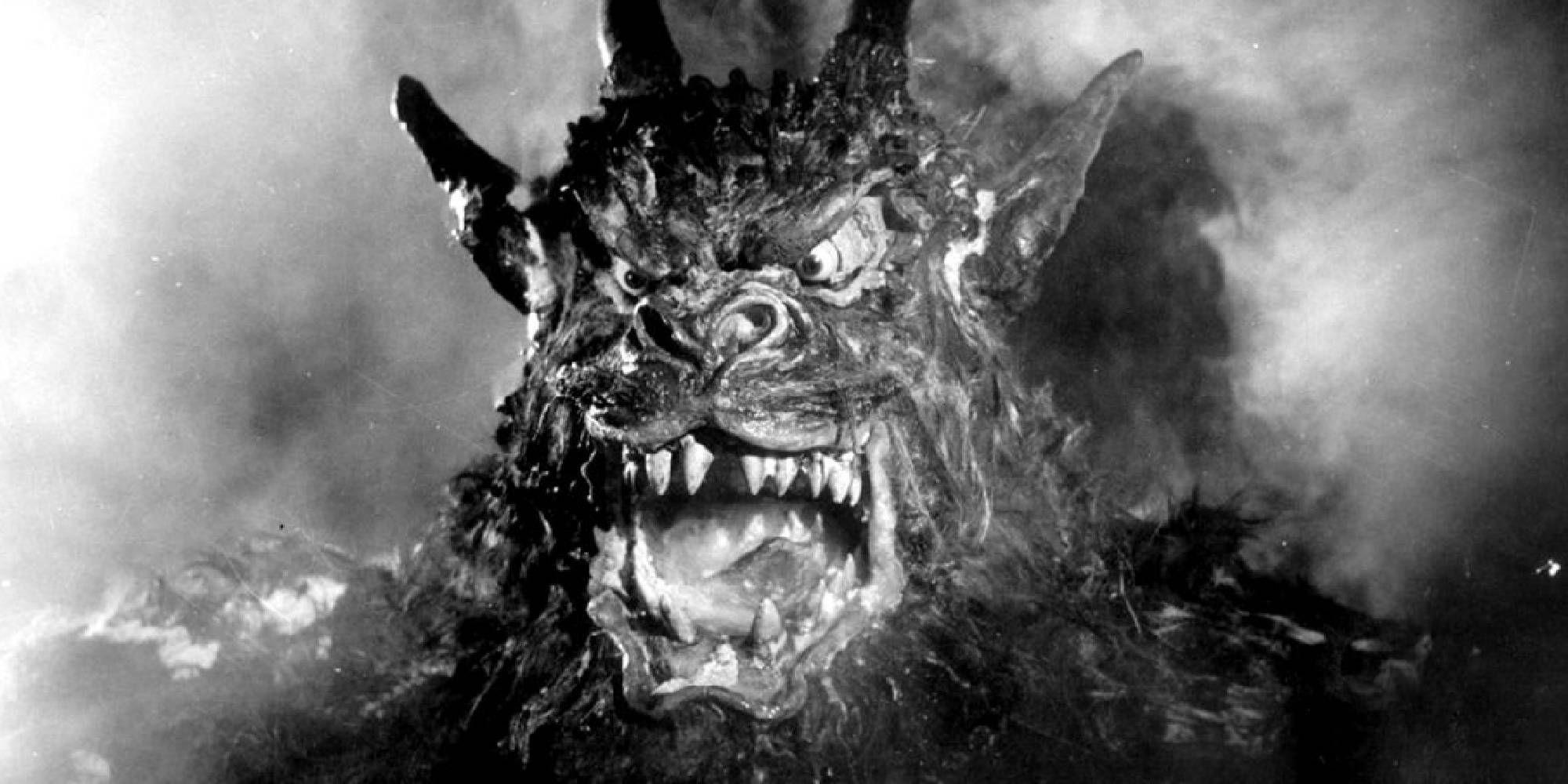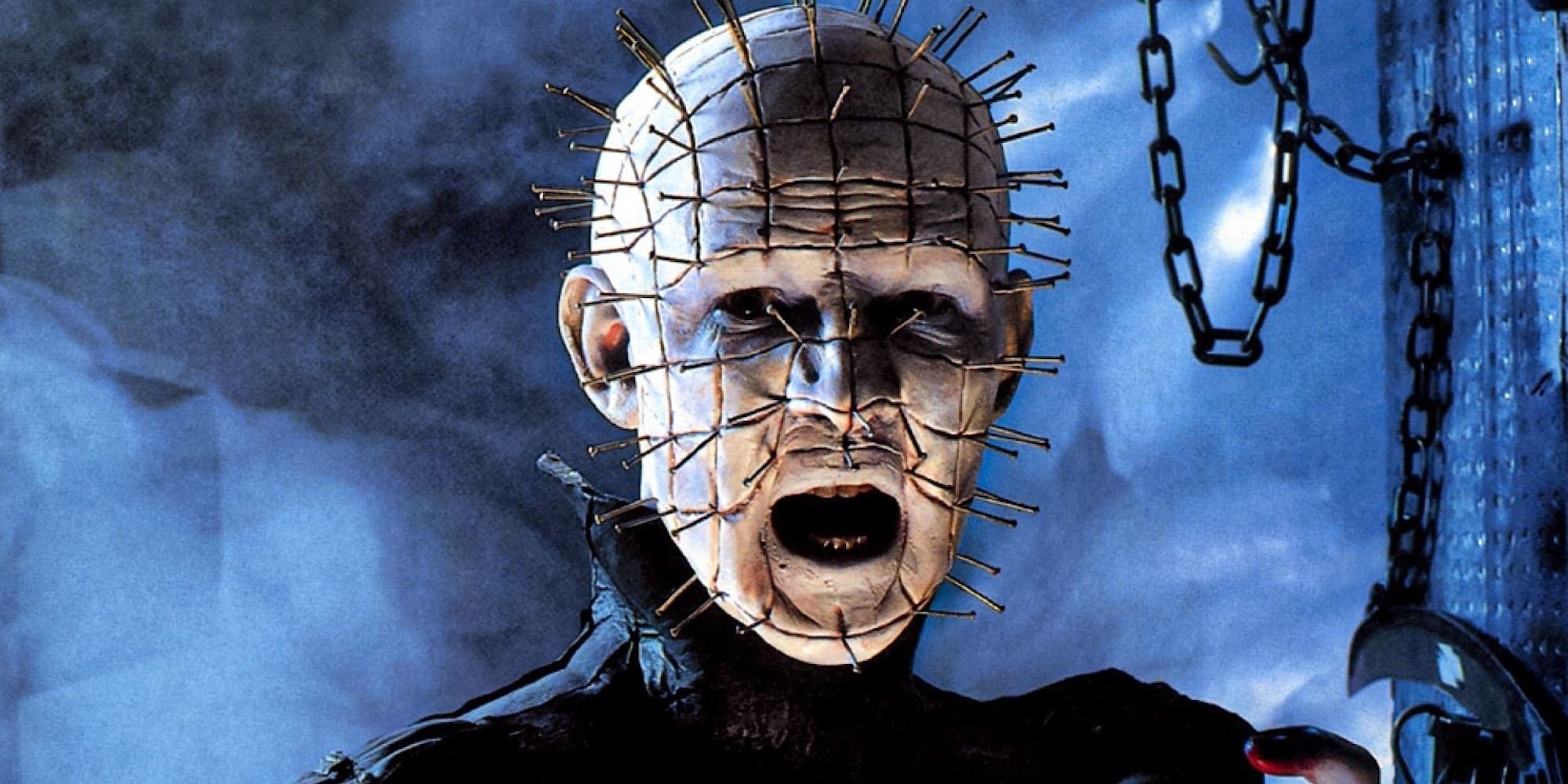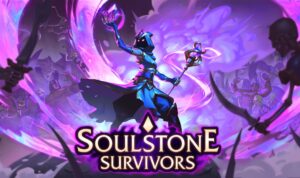11 Must-Watch British Horror Movies, Ranked
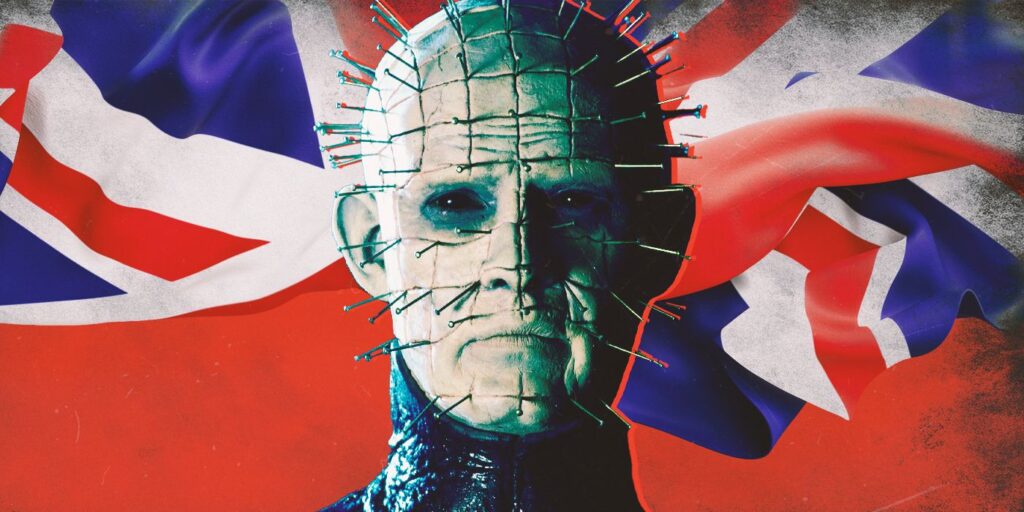
Horror movies are timeless. Horror movies are ever-evolving. And most importantly, horror movies are universal – because, simply put, fear is universal. The subjects of these movies can come from any place, any time, and any kind of person around the world. From mythology to speculative technology, to even our own base realities. And with a country with as gruesome a history as Great Britain, it’s fair to say some great horror films have come out from the Land of the Rose.
British horror films have not only taken influence from the kinds of horror seen around the world, but also provided their own perspective on subjects such as vampires, zombies, ghosts, and more. Whether they’re supernatural creature features or psychotically dark character studies, they can be funny, tragic, disturbing, or sometimes all three at once. English creators like Clive Barker, Robin Hardy, Andy Nyman & Jeremy Dyson, and Danny Boyle have not only managed to create stories that shake us to our core, but they set the bar for what a horror film could be.
11
‘Ghost Stories’ (2017)
Directed by Andy Nyman & Jeremy Dyson
Adapted from the award-winning stage production of the same name, Ghost Stories is a chillingly effective character study disguised as a tribute to horror anthologies. The central character is Professor Phillip Goodman (Andy Nyman), a professional paranormal debunker who is called out of the blue by his idol, a fellow skeptic, to debunk three paranormal cases that have shaken him to the core. As the film goes on, it becomes ever clearer that Goodman has more to do with these cases than it initially appears.
The tales seen in Ghost Stories emphasize not so much the horror as much as they emphasize different characteristics of the lead character, in a picture that doesn’t become completely clear until the film’s final moments. The ending twist has been labeled as controversial or underwhelming to some, but it’s in keeping with the ending seen in the stage production, where that type of ending is far less common. Ghost Stories is a love letter to horror anthologies and the mere act of telling a scary story, while still having something to say about the things we’re afraid of.
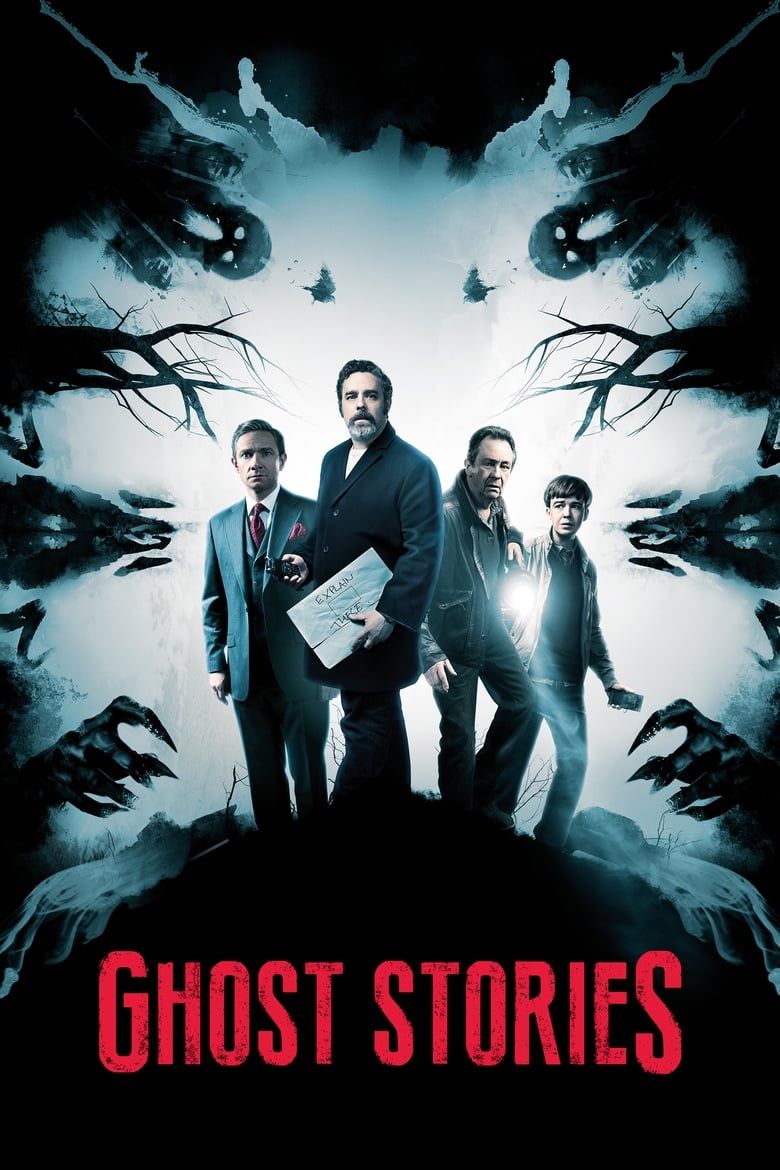
- Release Date
-
April 7, 2018
- Runtime
-
98 Minutes
-

Andy Nyman
Professor Goodman
-

Paul Whitehouse
Simon Rifkind
-

Charles Cameron / Mike Priddle
-

10
‘Attack the Block’ (2011)
Directed by Joe Cornish
Starring a pre-Star Wars John Boyega and a pre-Doctor Who Jodie Whitaker, Attack the Block is a unique spin on the alien invasion story. In a South London housing project on Guy Fawkes Night, a gang of teenage hoodlums decide to harass the locals when a meteor suddenly crashes onto the top of a car. More objects begin to fall from the sky, and the gang quickly figures out these are actually large, gorilla-like alien creatures.
With the police and most of the adults proving fruitless, these hoodlums become the only hope of saving their block from destruction. Attack the Block is a fun alien invasion with just enough social commentary to add some nuance. The main gang are by no means clean-cut kids (they’re introduced mugging a woman after all), and yet still make for engaging heroes. The designs of the aliens are creatively freaky, the real-life subtext makes the stakes far more personal, and the conclusion is appropriately bittersweet.
9
‘Horror of Dracula’ (1958)
Directed by Terence Fisher
Bela Lugosi may have defined the image of Dracula in the public consciousness, but it was Christopher Lee’s take on the Count that gave him his fangs and blood. Deviating from the original Bram Stoker story, Jonathan Harker (John Van Eyssen) arrives at the count’s castle already aware of his vampire status, only to be brutally turned into a vampire when he tries to slay him. When Doctor Van Helsing (Peter Cushing) comes looking for Harker, he must find the Count before more fall prey to his spell.
Free from the American demands of the Hayes Code, Horror of Dracula is narratively and technically an improvement over the original Lugosi film, allowing for a more violent tone, a faster pace, and a more grandiose scale. While not completely faithful to its source material, it still provides a differing flavor of Gothic dread. On top of that, witnessing the definitive collaboration between horror icons Lee and Cushing is worth the price of admission alone.
8
‘The Woman in Black’ (2012)
Directed by James Watkins
Lawyer Arthur Kipps (Daniel Radcliffe) is stuck in grief after the death of his wife four years ago and has been called to handle the affairs of a recently deceased woman in a small village. Whilst there, he continually sees what appears to be a woman in a black mourning dress, only to be met with sharp rebukes every time he tells someone else about her. He soon discovers that he’s not alone at the dead woman’s estate, and the spirit haunting the village is on an eternal mission of tragic revenge.
Based on, if not quite beholden to, the chilling Susan Hill book, The Woman in Black is an effectively creepy modern update on the Hammer horror tradition. While relying more on jump scares than the book and the hit stage production, the added tragedy of Kipps’ past adds nuance to a tale of souls consumed by grief. Anyone with kids should think twice before booking a trip to Crythin Gifford, lest they happen to see The Woman in Black.
7
‘28 Days Later’ (2002)
Directed by Danny Boyle
Before Shaun of the Dead made a comedy out of the zombie movie, 28 Days Later reinvented the zombie genre for the modern age. 28 days after a group of animal rights activists accidentally released a highly contagious virus, England has become completely overrun with a pandemic of rage-induced zombies. Now Jim (Cillian Murphy), a bicycle courier who’s just woken up from a coma, must fight for his life and find a cure that may not even exist.
While not mentioning the word ‘zombie’ by name, 28 Days Later is one of the most influential depictions of the walking dead seen on film. The zombies affected by the infection of the plague are not slow-moving, brain-hungry brutes, but startlingly fast predators driven by pure, unadulterated hate and a desire to brutally kill anyone unlucky enough to be in their path. The title alone conjures the image of a society that’s fallen quickly and savagely as a result.
6
‘The Descent’ (2005)
Directed by Neil Marshall
Anyone with a strong sense of both claustrophobia and a fear of subterranean spaces should stay as far away from The Descent as possible. One year after a tragic whitewater trip, a group of friends travel to North Carolina to explore wild caves in the Appalachian Mountains. When they are tricked into exploring an uncharted path, they find themselves trapped in the cave. With their trust in each other and their sanity unraveling, the group soon finds the cave is home to ferocious creatures they dub Crawlers.
The Descent is an uncomfortable watch in every sense of the world, physically, emotionally and spiritually. Balancing both interconnected drama and monstrous horror, the outcome is bleak in either cut – the UK cut in particular has one of the cruellest twist endings in recent memory. With terrifying monsters, a bleak storyline and characters right on the edge of breaking down, The Descent is a film full of literal and metaphorical darkness.
5
‘Shaun of the Dead’ (2004)
Directed by Edgar Wright
The first film in the Three Flavours Cornetto Trilogy, Shaun of the Dead has become Britain’s answer to both Night of the Living Dead and An American Werewolf in London. Shaun (Simon Pegg) is a guy with no real direction in life, trying to balance work, his rocky relationship with his girlfriend, his immature best friend, and the sudden zombie apocalypse that’s overtaken the country. Forced into a leadership role he’s utterly unprepared for, Shaun must bring his friends and family on a survival mission with both hilarious and tragic results.
Shaun of the Dead is a comedy first and foremost, but the zombies and the carnage they bring are deadly serious. Innocent people die, society faces a brief but notable collapse, and even the film’s happy ending isn’t devoid of lasting consequences. It’s a story of real people facing real supernatural danger, even if they deal with it by going to the pub and throwing Prince records at the living-impaired.
4
‘The Wicker Man’ (1973)
Directed by Robin Hardy
Police Sergeant Neil Howie (Edward Woodward) is sent to a remote Scottish isle to investigate the disappearance of a missing girl. A devout Christian, Howie is flabbergasted when he sees abandoned churches, strange rituals, and the eventual explanation that the island’s residents follow old pagan rituals instead of other religions. As he learns from the island’s ruler, Lord Summerisle (Christopher Lee), his ancestors essentially tricked them all into following their word in favor of them bringing back their joyous old gods – but at what cost?
The Wicker Man does not completely become a horror film until the last few minutes, but the build-up to the titular wooden frame is chilling nonetheless. There’s a sense of surreal unease present throughout, with all the town’s residents seeming like they’re in on a joke that neither Howie nor the viewer can understand until the final frame. And by the time the final twist is revealed, everything that comes before it seems as calm and gentle as a summer’s night.
3
‘Night of the Demon’ (1957)
Directed by Jacques Tourneur
Visiting American psychology professor Dr. John Holden (Dana Andrews) has been called to England to investigate a mysterious cult. This cult, led by Dr. Julian Karswell (Niall McGinnis) uses ancient runes to summon a supposed demon to kill all who oppose them. Despite Holden rejecting the notion of a supernatural force, he is nonetheless made a target of the cult’s activities. And when more people meet their end thanks to the runes, Holden must try to avoid his seemingly imminent death, supernatural cause or otherwise.
A supernatural thriller for the ages, Night of the Demon has an engaging storyline, creepy atmosphere, and charismatic characters. The depiction of the titular demon itself is mostly shown off-screen, with occasional hoof-prints and smoke from where it’s been – but when it does appear, it’s one of the freakiest monster designs ever seen on film. Whether the audience chooses to believe the demon is real or not, Night of the Demon is startlingly suspenseful regardless.
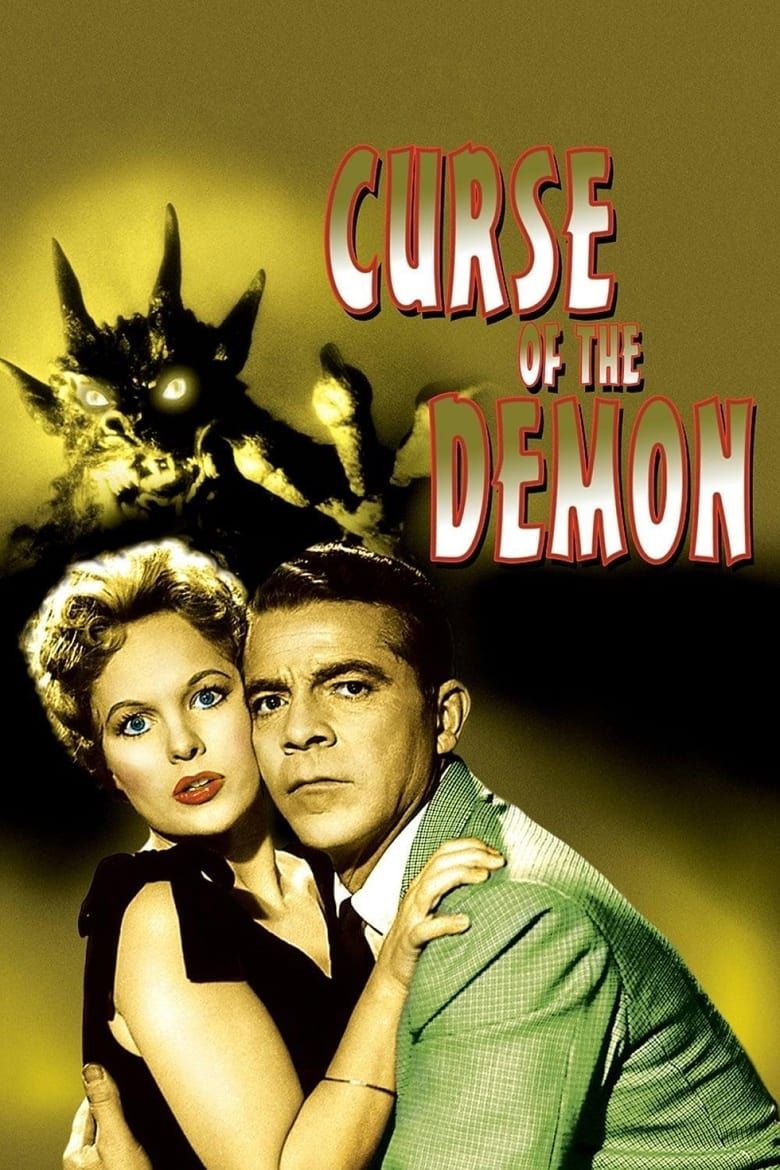
- Release Date
-
November 9, 1957
- Runtime
-
96 minutes
-

Dana Andrews
Dr. John Holden
-

Peggy Cummins
Joanna Harrington
-

Niall MacGinnis
Dr. Julian Karswell
-

Maurice Denham
Professor Henry Harrington
2
‘Hellraiser’ (1987)
Directed by Clive Barker
While set in America, Hellraiser is a slasher film made in Britain, directed and written by a British writer, and starring predominantly British actors. Hedonist Frank Cotton (Sean Chapman/Oliver Smith) has pursued every pleasure known to man and has just acquired something beyond man’s comprehension. A small puzzle box that opens the gateway to an alternate dimension. The beings who reside there are demons to some, and angels to others. But if anyone is foolish enough to contact them, they will tear the souls and flesh of that unfortunate individual apart.
Based on director Clive Barker’s book The Hellbound Heart, Hellraiser is an interesting cross between erotic thriller, slasher film, and supernatural horror. Despite Pinhead (Doug Bradley) being the true face of the franchise, it’s Frank who’s the true villain of the piece, and he makes a disgustingly effective one at that. Hellraiser has gnarly gore, horrifying creature designs, and subject matter that’s enough to make the skin do more than simply crawl.
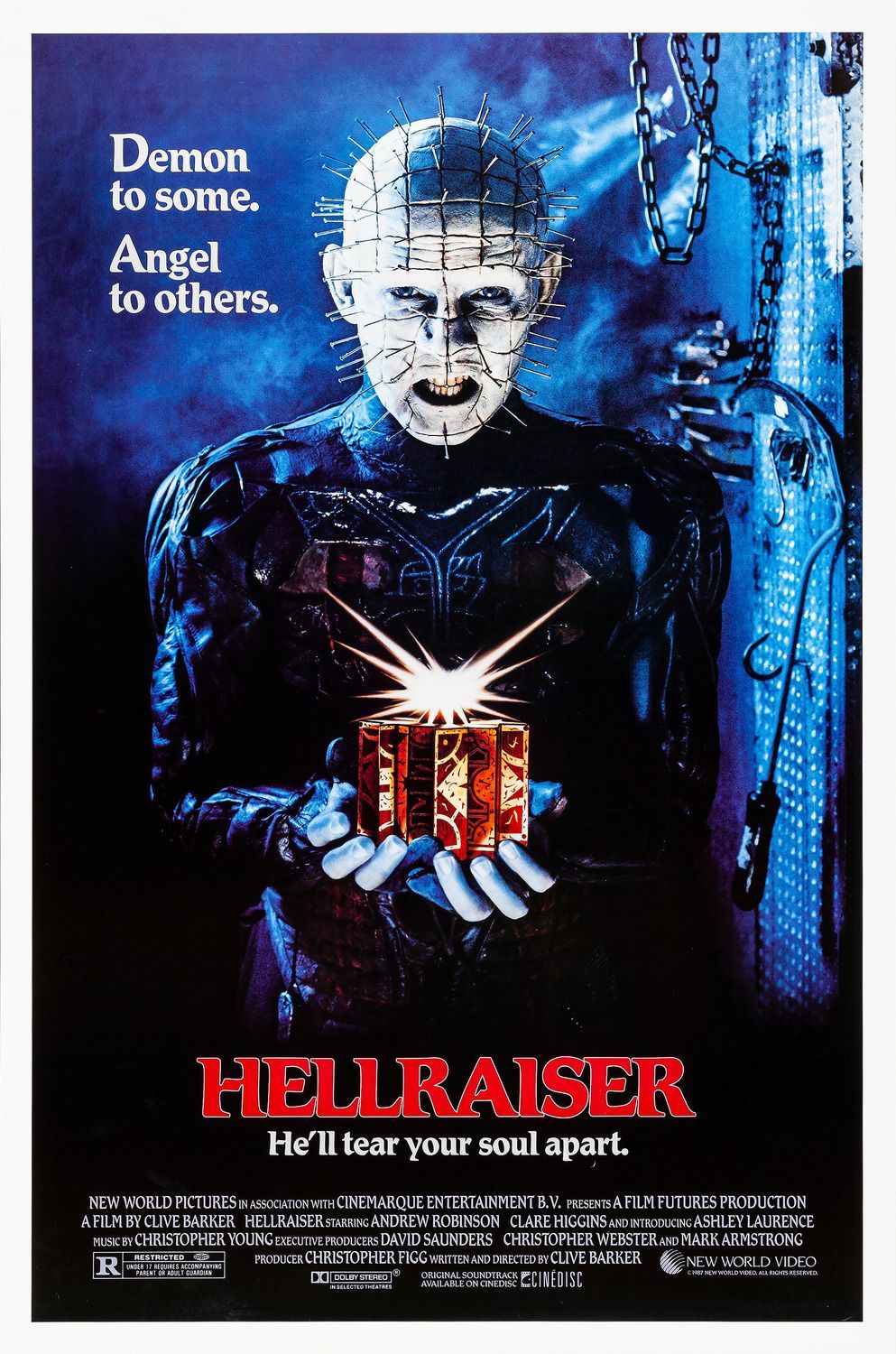
Hellraiser
- Release Date
-
September 18, 1987
- Runtime
-
94 minutes
1
‘Peeping Tom’ (1960)
Directed by Michael Powell
There’s a case to be made for Michael Powell’s Peeping Tom being the most important British horror movie ever made. Despite the fact that the picture has now been recognized as a masterpiece for decades, it’s important to remember it was reviled in its day; it even destroyed Powell’s then-illustrious career. That’s how unsettling all this was for 1960.
Peeping Tom stars Karlheinz Böhm as a meek young filmmaker Mark, whose secret passion project is filming the dying expressions of women as he slashes them. Anna Massey co-stars as Mark’s sympathetic young neighbor, whose affections send the troubled soul into crisis. Peeping Tom bombed the same year Alfred Hitchcock‘s early slasher Psycho broke box-office records; the chief difference between the two pictures is that Psycho is fun. Peeping Tom is is subtextually, uncomfortably, all about the voyeurism in making and watching movies. No one was ready for this 65 years ago, but it’s a psychologically gripping, visually stunning experience that appears to be aging in reverse.
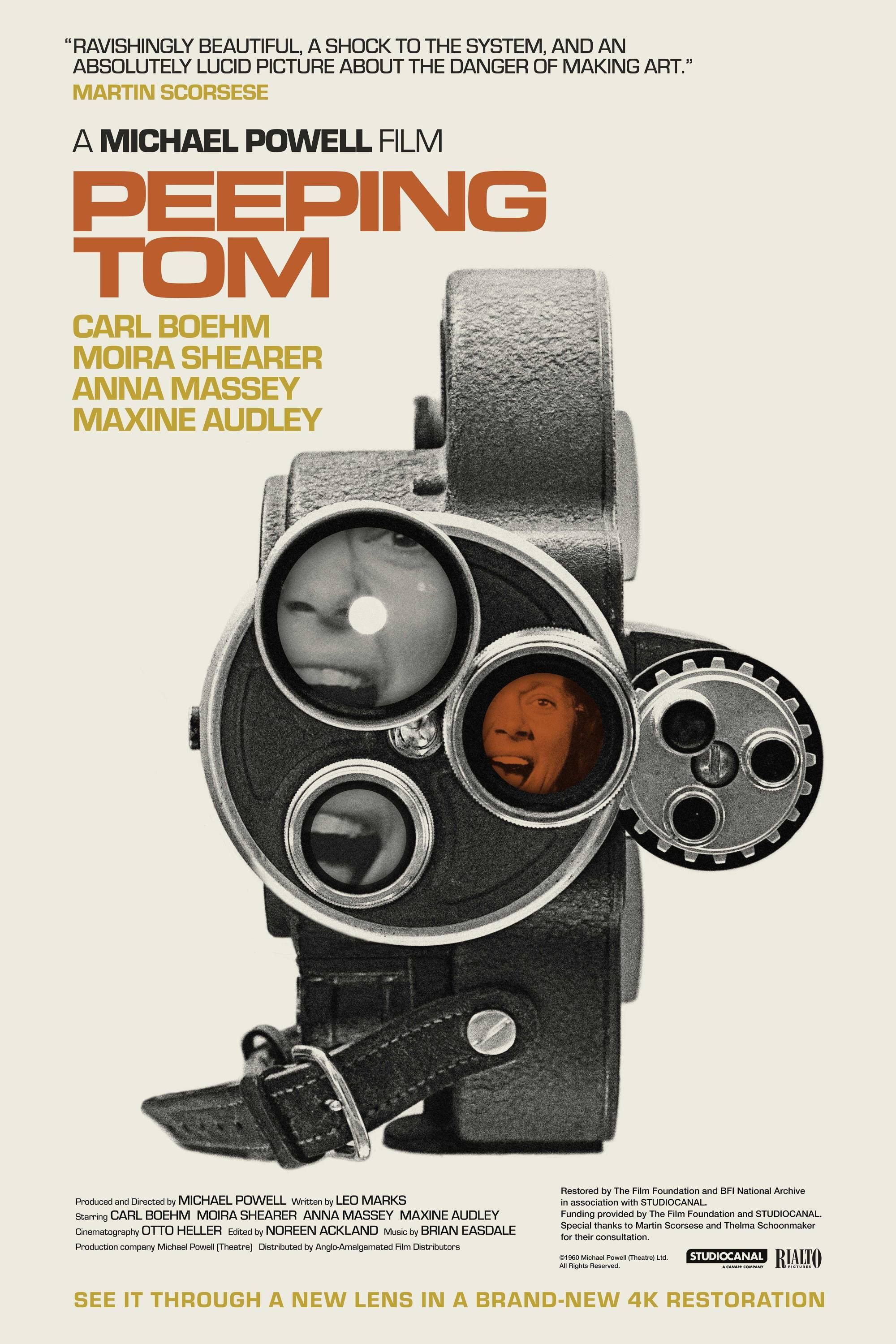
- Release Date
-
May 16, 1960
- Runtime
-
101 Minutes
-

Karlheinz Böhm
Mark Lewis
-

Anna Massey
Helen Stephens
-

-

Maxine Audley
Mrs. Stephens

